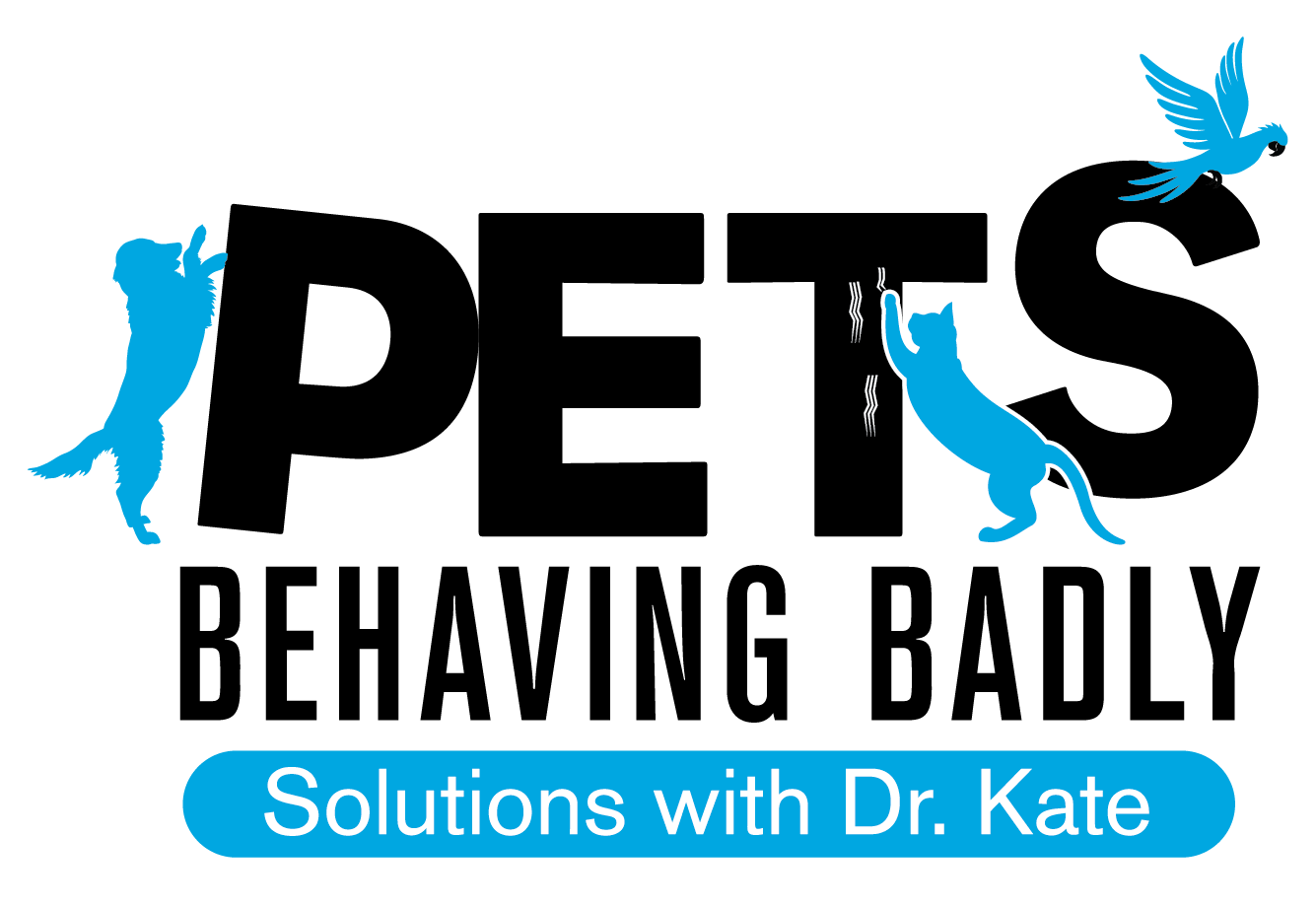The 4-Rs of Dog Training: Repeatedly Reinforce the Right Response
Our dogs, and all animals for that matter, are learning about their environment and the consequences of their behaviour 24/7, not just during formal training sessions.
This means that every interaction your dog has with you, other people and other dogs, as well as all their previous life experiences, shapes their behaviour and the way they view their world.
Although we don't always have control over the environment and all the consequences that reinforce our pet's behaviour, there is much we can do to shape it for the better...
Photo by Mel Fox: What About Charlie
Here I'm reinforcing Lenny with treats and praise for shaking on cue
How to get better behaviour
Animals repeat behaviours that pay off; that have a desired consequence (also called a "reinforcer"). Reinforcers are not necessarily treats, rather they are consequences that strengthen (or increase) behaviour. This means that any behaviour (good or bad) that maintains or increases in frequency must have reinforcement value to the animal or else it wouldn't continue. Dogs that jump up on people is an example that comes to mind and a behaviour that's easily prevented (learn how here).
If you want better behaviour from your dog (or other animal), don't take good behaviour for granted! As pet parents we tend to do this a lot! When our pets are calm and relaxed we ignore them. Then we give them attention (e.g. talk to them) when they do the wrong thing.
Photo by Mel Fox: What About Charlie
Lenny LOVES pats and attention - effective reinforcers for him
What we should be doing is what I call the 4-Rs: Repeatedly Reinforce the Right Response. This simply means noticing when our dog (or cat or bird or spouse! etc) is offering behaviour we want to see more of (e.g. being calm and compliant or any other behaviour you like) and reinforcing that behaviour generously and frequently. The more often a desired behaviour is reinforced, the more likely that behaviour will be repeated in future. That's how behaviour works! But there's a catch - you must choose your reinforcers wisely and you must be consistent!
Reinforcement effectiveness
Not all reinforcers are equal and lots of factors influence how effective and valuable different reinforcers are to an individual.
The important thing to understand is that just because you think something is reinforcing for your animal, it doesn't mean that's true. It's the learner who decides what's reinforcing, not the teacher or trainer. Experimenting with different reinforcers (e.g. food, toys, attention, pats) can help you determine which ones are most effective for the individual animal you are working with.
Photo by Mel Fox: What About Charlie
Lenny LOVES tug; another effective reinforcer for him!
Go practice the 4-Rs!
So now that you understand the importance of not taking good behaviour for granted and instead repeatedly reinforcing the right response, go and give it a try! You'll be surprised by how quickly you can get great results when you consistently reinforce behaviours you like.
For more expert tips and solutions, follow me on Instagram at @petbehaviourist and Facebook at @PetsBehavingBadlyDrKate and explore my other educational resources for pet owners.



